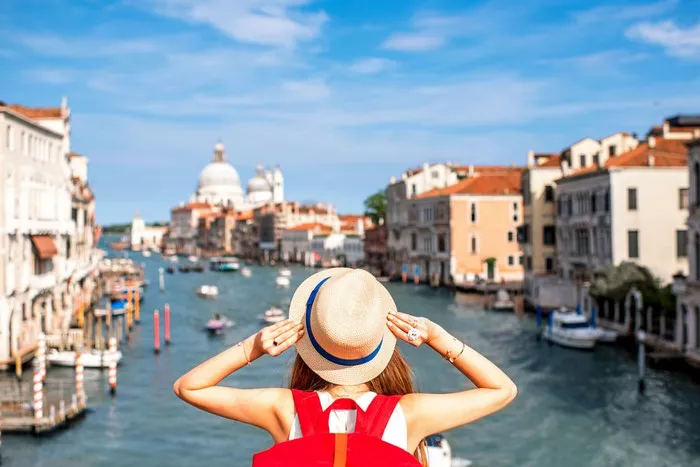After years of pandemic-related restrictions, Europe is experiencing an unprecedented travel boom, with visitor numbers surpassing pre-2020 levels. This surge has brought both opportunities and challenges, as destinations adapt to changing traveler expectations and increased demand.
One of the most notable trends is the rise of “slow travel.” Tourists are increasingly opting for longer stays in fewer locations, prioritizing quality over quantity. This shift has benefited lesser-known regions, such as Slovenia’s Julian Alps and Romania’s Transylvania, where visitors can enjoy authentic experiences without the crowds. Rural tourism is also flourishing, with agriturismos in Italy and vineyard stays in France attracting travelers seeking tranquility and connection with local culture.
However, the return of mass tourism has also exposed infrastructure gaps. Airports across Europe, including London Heathrow and Amsterdam Schiphol, have faced staffing shortages, leading to long delays and flight cancellations. To address this, governments are investing in workforce training and digital solutions like biometric passport control to streamline processes. Some countries, like Greece and Spain, have extended seasonal hiring to ensure sufficient staff during peak travel months.
Another key development is the evolution of visa policies. The European Travel Information and Authorization System (ETIAS), set to launch in 2025, will require visa-exempt visitors to obtain pre-travel authorization, enhancing security while maintaining ease of access. Meanwhile, Schengen visa processing times have improved in many countries, thanks to digital applications and increased consular staffing.
Cultural tourism is thriving, with museums, festivals, and historical sites reporting record attendance. The reopening of fully restored landmarks, such as Notre-Dame Cathedral in Paris (expected in late 2024), has drawn significant interest. Cities like Vienna and Prague are leveraging augmented reality tours to enhance visitor engagement, while festivals like Spain’s La Tomatina and Germany’s Oktoberfest are seeing higher international participation than ever.
Yet, the travel boom has also reignited debates about overtourism. Venice’s new entry fee for day-trippers and Barcelona’s restrictions on cruise ship arrivals reflect efforts to manage overcrowding. Some destinations are promoting off-season travel through discounted rates and exclusive events, aiming to distribute tourist flows more evenly throughout the year.
Looking ahead, Europe’s travel industry is focusing on resilience and innovation. From AI-powered travel assistants to sustainable tourism certifications, the continent is embracing new technologies and practices to ensure a seamless and responsible travel experience for years to come.

